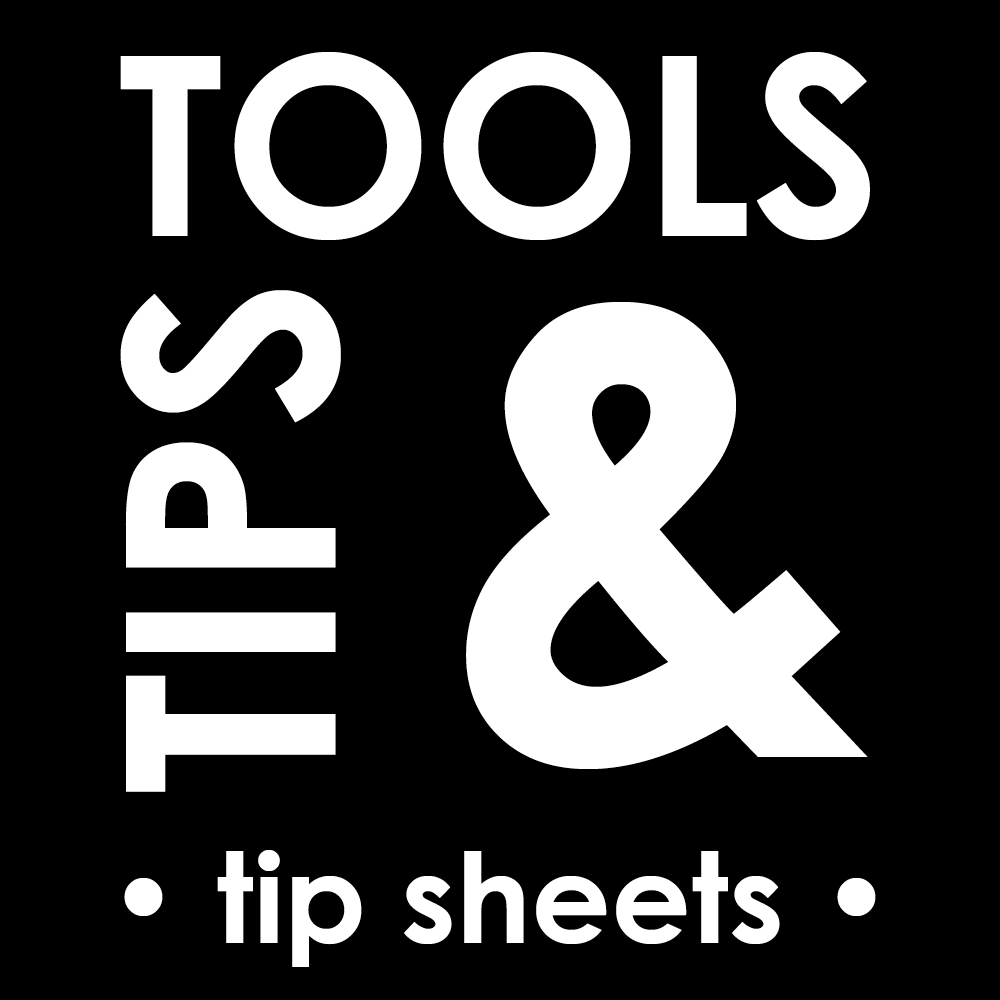Last Leg: Final Two Weeks of IFP Open Enrollment
We’re about to enter the last leg of 2014 IFP (Individual & Family Plan) open enrollment. As a result of healthcare reform, there are now yearly open enrollment periods for individual and family health insurance plans.
What does this mean? This means that if you plan on participating in a non-group (or non-employer) health insurance plan, then you’ll need to enroll during this new enrollment period.
This year’s IFP enrollment has been extended until March 31st, 2014. The reason for this extension is because we’re in the very first year of enacting healthcare reform’s major provisions. In years after 2014, open enrollment will end sooner. 
Entering the final leg of 2014 IFP open enrollment, here are some important notes:
- The latest numbers show that nearly 4.2 million Americans have enrolled in health insurance plans through the new exchanges across the country. The Obama Administration says that this will be enough participation to maintain stability within the insurance markets.
- The last day to enroll in any individual or family health insurance plan (on or off of the new exchanges) is March 31st, 2014.
- If you have a “qualifying event” after open enrollment ends on March 31st (ie: the loss of an employer health insurance plan), you can enroll mid-year in a special enrollment.
- If your plan is subsidized through the exchange with an “Advanced Premium Tax Credit” (or APTC), make sure that your income is correctly reported, and that you keep the exchange updated with any income changes throughout the year.
- There is a tax penalty in 2014 for not carrying a “minimum essential coverage” health insurance plan. This tax penalty is $95 or 1% of household income (whichever is greater).
With that, we’re into the anchor leg of our first healthcare reform open enrollment period. Expect to see some additional late participation in these past few weeks, that will most likely push the total first year enrollment up over 4.2 million Americans.
If you need help enrolling, Policy Advantage Insurance Services is “Covered California Certified” and can assist you with plans on or off of the exchange. Please feel free to contact us with your questions.
Thanks for stopping by, we hope our information was valuable to you. Check back at our blog to get further information about funding healthcare. Also, please share with your friends, clients, colleagues, and family. Here are a few of our other information outlets:
Home Page: https://policyadvantage.com
Twitter: http://www.twitter.com/PolicyAdvantage
Facebook: http://www.facebook.com/PolicyAdvantage
YouTube: http://www.youtube.com/PolicyAdvantage
Pinterest: http://www.pinterest.com/PolicyAdvantage
Word Press: http://www.policyadvantage.wordpress.com


